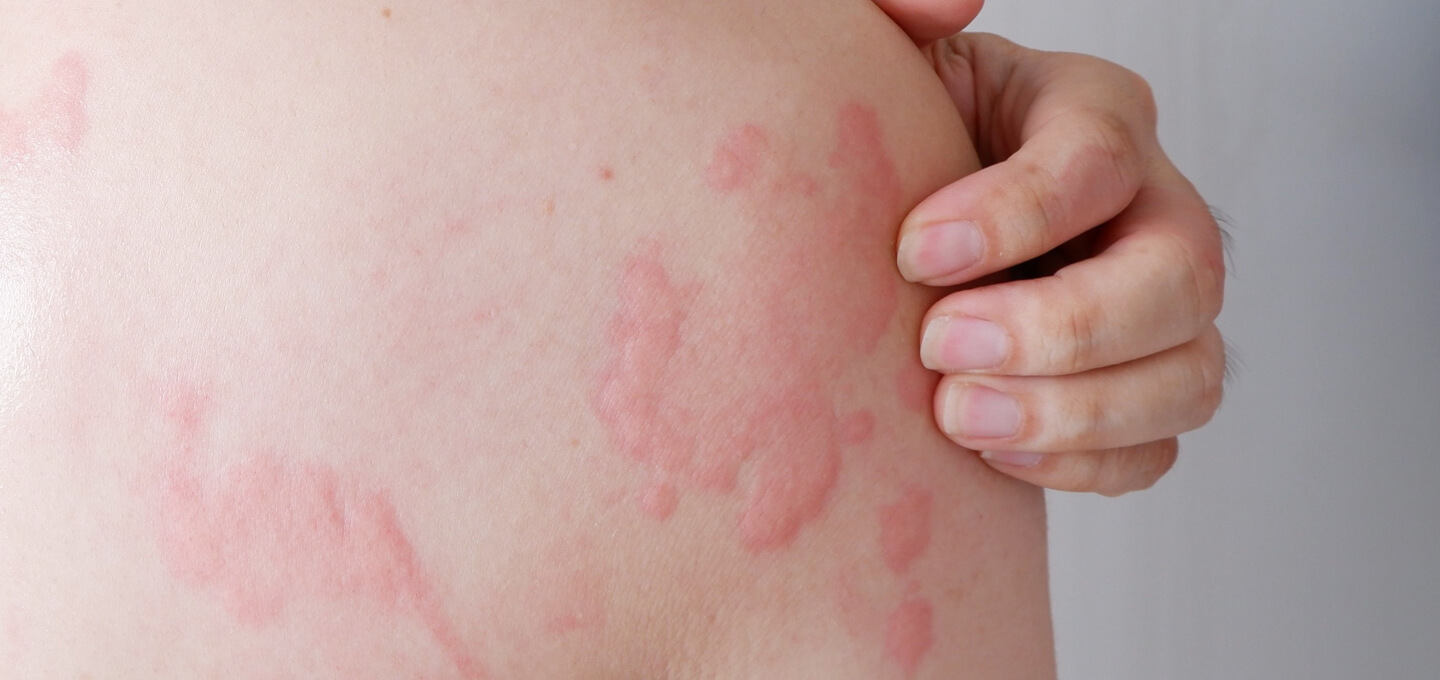Rashes and hives are common skin conditions that can cause discomfort and concern for many individuals. These skin reactions can arise from various factors, including allergies, irritants, infections, and underlying health issues. Understanding the nature of these conditions is vital for effective management and treatment. This article delves into the details of skin smart rash and hive, exploring their causes, symptoms, and treatment options to empower you with knowledge about your skin health.
Skin conditions such as rashes and hives may seem benign, yet they can significantly impact one's quality of life. They often manifest as red, itchy, or inflamed patches on the skin that can vary in size and appearance. The importance of maintaining skin health cannot be overstated, as it serves as a protective barrier against environmental factors. Knowing how to identify and address skin smart rash and hive is crucial for maintaining overall well-being.
In this article, we will answer common questions surrounding skin smart rash and hive, providing you with insights into their causes, symptoms, and effective treatment options. Whether you're experiencing a mild rash or a severe hive outbreak, understanding these conditions allows for better management and care. Let’s dive into the world of skin smart rash and hive!
What Causes Skin Smart Rash and Hive?
Understanding the underlying causes of skin smart rash and hive is essential for effective treatment. Here are some common triggers:
- Allergies: Foods, medications, or environmental factors can trigger allergic reactions.
- Irritants: Chemicals in soaps, detergents, or skincare products may cause skin reactions.
- Infections: Bacterial, viral, or fungal infections can lead to rashes and hives.
- Autoimmune Conditions: Disorders such as lupus or psoriasis may manifest as skin issues.
How Can You Identify Skin Smart Rash and Hive?
Identification of skin smart rash and hive is crucial for appropriate treatment. Here are some characteristics:
- Rashes usually present as red, inflamed areas that can be flat or raised.
- Hives appear as welts or bumps that can change size and shape.
- Both conditions can result in itching, burning, or stinging sensations.
- Rashes may have additional symptoms such as blistering or peeling skin.
When Should You Seek Medical Attention for Skin Smart Rash and Hive?
While many skin reactions can be managed at home, some situations warrant medical intervention:
- If the rash or hives persist for more than a few days.
- If you experience severe itching, swelling, or difficulty breathing.
- If the rash is accompanied by fever or other systemic symptoms.
- If over-the-counter treatments do not provide relief.
What Are the Treatment Options for Skin Smart Rash and Hive?
Treatment for skin smart rash and hive varies depending on the underlying cause. Here are some common options:
- Antihistamines: These medications can help alleviate itching and reduce swelling.
- Topical corticosteroids: Creams or ointments can reduce inflammation and irritation.
- Moisturizers: Keeping the skin hydrated can prevent further irritation.
- Cold compresses: Applying a cool cloth can soothe inflamed skin.
Can Lifestyle Changes Help Manage Skin Smart Rash and Hive?
Yes, certain lifestyle changes can support skin health and minimize the occurrence of rashes and hives:
- Avoid known allergens and irritants.
- Maintain proper skin hygiene without over-washing.
- Use hypoallergenic products to reduce the risk of reactions.
- Stay hydrated and consume a balanced diet rich in vitamins.
Are There Any Natural Remedies for Skin Smart Rash and Hive?
Some individuals may find relief from skin smart rash and hive through natural remedies. Here are a few options to consider:
- Oatmeal baths can soothe irritated skin.
- Aloe vera gel may provide cooling relief.
- Chamomile tea compresses can reduce inflammation.
- Essential oils like lavender or tea tree oil, when diluted, may have calming effects.
How to Prevent Skin Smart Rash and Hive?
Preventing skin smart rash and hive involves taking proactive measures to protect your skin:
- Identify and avoid allergens or irritants that trigger reactions.
- Wear loose-fitting clothing to minimize friction and irritation.
- Practice good skin care habits, including moisturizing regularly.
- Manage stress, as it can exacerbate skin conditions.
Conclusion: Staying Skin Smart
Understanding skin smart rash and hive is crucial for maintaining healthy skin and overall well-being. By recognizing the causes, identifying symptoms, and exploring treatment options, you can take charge of your skin health. Remember, when in doubt, it's always best to consult a healthcare professional for personalized advice and care.



